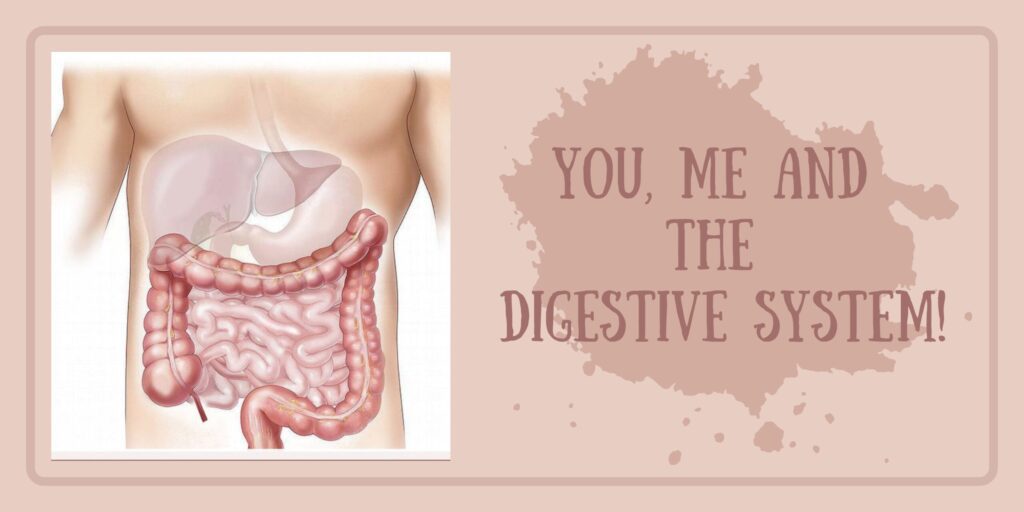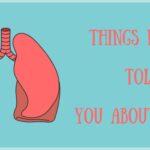Digestive System
The human digestive system comprises the alimentary canal—also termed the GI tract or gastrointestinal tract or digestive tract—and the hepar (liver), mixed gland (pancreas), and cholecyst (gallbladder). From the mouth to the rectum, the GI tract is made up of a succession of hollow organs connected by a long, twisting tube. The oral cavity, food pipe or gullet or oesophagus, stomach, small intestine, large intestine, and rectum are the hollow body parts that constitute the GI tract. The liver, pancreas, and gallbladder are the three most important organs in the digestive system. In order to perform its function of converting your food into the nutrients and energy you require to exist, your digestive system has been specially designed. Stool or excreta is conveniently packaged for disposal with the help of this system when it has completed its task. Nutritional breakdown occurs in the digestive tract. This allows the body to utilise them for energy, development, and repair.
Because your body needs nutrients from the food you eat and the liquids you drink to stay healthy and function properly, proper digestion is essential. Carbohydrates, proteins, lipids, vitamins, minerals, and water are all examples of nutrients. The human digestive system must first break down and absorb nutrients from the food and liquids you consume before your body can use them for vital functions including energy, development, and cell repair. Amino acids are created as a result of the breakdown of proteins. During the breakdown of fats, fatty acids and glycerol are produced. When carbs are digested, simple sugars are generated as a by-product. The passage of food and fluids through your GI tract, as well as the breaking down of food and drink into smaller bits, is aided by each component of your digestive system. After meals are broken down into tiny enough bits, your body can absorb and distribute nutrients to where they are needed. The large intestine absorbs water, whereas the waste products of digestion result in faeces. The digestive system is aided by nerves and hormones.
Peristalsis is the mechanism through which food passes through your GI tract. The massive, hollow organs of your gastrointestinal system are covered with a layer of muscle that permits their walls to move. Food and drink are pushed through your GI tract, mixing the contents inside each organ. To move the food, the muscle in front of it contracts, while the muscle behind it relaxes. Food starts to pass through your GI tract when you eat. The meal is pushed down your throat by your tongue as you swallow. The epiglottis, a little flap of tissue that drapes across your windpipe to prevent choking, lets food pass into your oesophagus. When you start swallowing, it becomes completely automatic. Peristalsis occurs when your brain sends a signal to the muscles of your oesophagus. The time it takes to digest different foods varies.
As food nears the edge of your oesophagus, the lower oesophageal sphincter relaxes, allowing food to enter into your stomach. This sphincter is generally closed to prevent stomach contents from spilling back into your oesophagus. The stomach muscles combine the food and fluids with digestive juices once it reaches the stomach. Chyme is the term used to describe the contents of your stomach as they are softly discharged into your small intestine. Small intestine muscles combine food with pancreatic, liver, and intestinal fluids and push it forward for digestion. The small intestine is responsible for the absorption of water and nutrients into the bloodstream. The waste products of digestion pass into the large intestine during peristalsis. Undigested food, fluid, and aged cells from your GI tract’s lining are all digestive waste products. The large intestine absorbs water and turns waste into faeces. Peristalsis aids in the passage of faeces into the rectum. The rectum, the bottom end of the large intestine, holds faeces until it pushes it out via the anus during a bowel movement.
The small intestine absorbs most nutrients, which are then circulated to various areas of the body for storage or usage. It helps nutrients pass the intestinal lining into the circulation. The liver receives simple sugars, amino acids, glycerol, vitamins, and salts. Your liver accumulates, analyses, and distributes nutrients throughout your body. The lymph system stores fatty acids as well as vitamins. Blood sugar levels are regulated by glycerol levels in the blood. Hormones and nerves help govern digestion. Signals go from your GI tract to your brain. Hormones are produced and released by cells lining your stomach besides the small intestine. These hormones direct your body’s production of digestive juices and communicate with your brain whether you’re hungry or full. The pancreas also produces digestive hormones. Nerves link the brain and spinal cord to the human digestive system and govern several digestive activities. When you sight or smell food, your brain interprets to your salivary glands to water your mouth. Also, your GI tract has an enteric nervous system (ENS). When you eat, your ENS nerves release chemicals that speed up or slow down the passage of food and the manufacturing of digestive fluids. The nerves provide signals to your gastrointestinal tissues to contract and relax to push food through.



